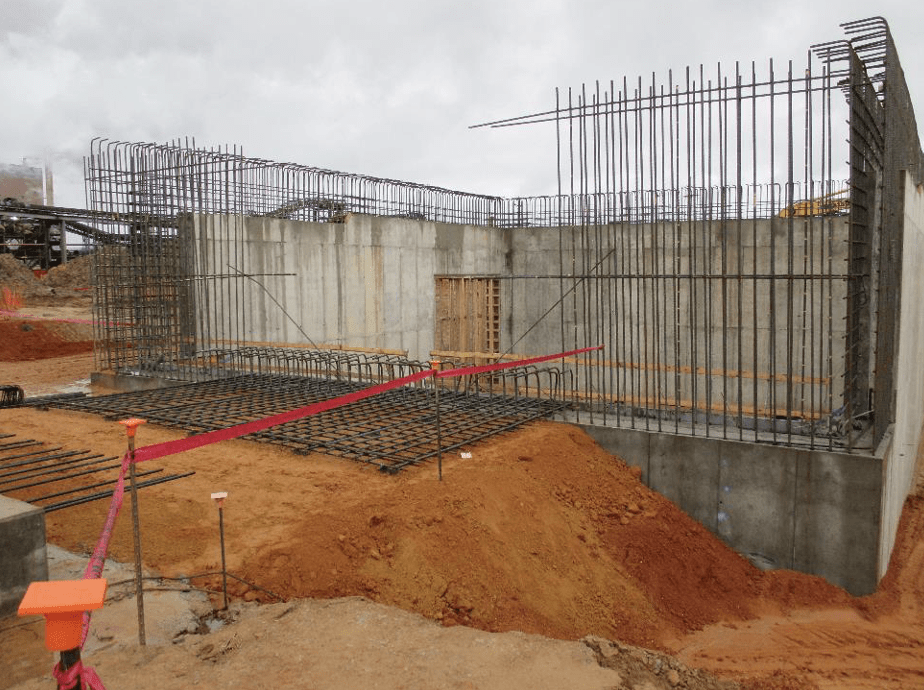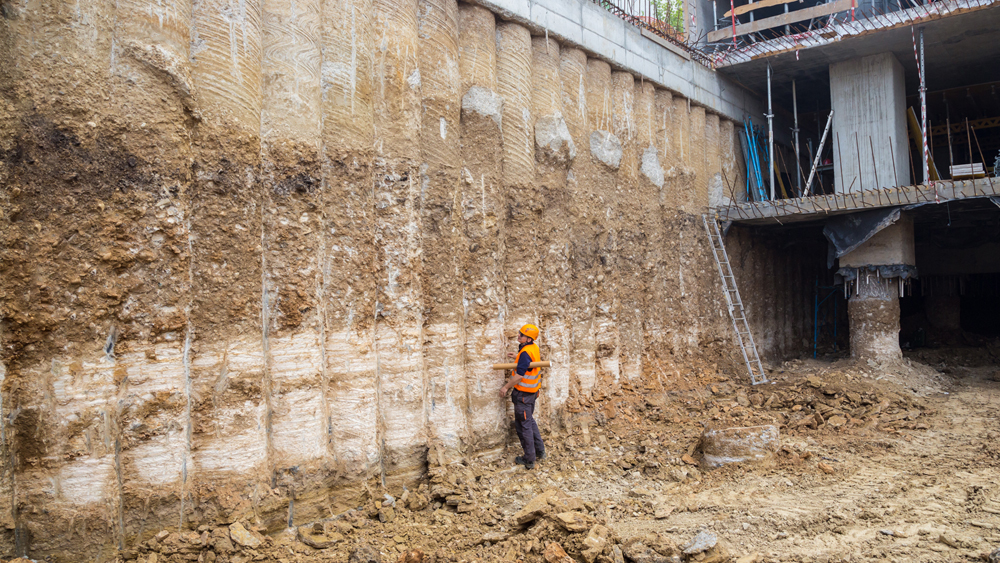Discovering the Crucial Role of Consulting Engineers in Geotechnical Projects: A Detailed Summary of Their Contributions and Responsibilities
Consulting designers offer as essential numbers within geotechnical projects, charged with the detailed duties of examining subsurface problems and ensuring the architectural integrity of constructions. Their expertise not only shapes layout specifications and regulative compliance however likewise facilitates crucial communication amongst different stakeholders, consequently enhancing job outcomes. The complexity of their function is more highlighted by the requirement for aggressive danger monitoring methods and ecological considerations. As we discover the complex contributions of getting in touch with engineers, it comes to be evident that their participation is necessary to navigating the difficulties inherent in geotechnical ventures. What specific approaches do these professionals utilize to safeguard job success?
Introduction of Geotechnical Engineering
Geotechnical design is an essential self-control within civil design that focuses on the behavior of earth materials and their communication with structures. This area encompasses the study of dirt, rock, groundwater, and the auto mechanics controling their properties and actions. Geotechnical designers examine the physical and chemical properties of these materials to determine their suitability for different building jobs, making sure that structures are established on steady and reputable ground.

In addition, geotechnical engineers need to take into consideration ecological elements, such as soil contamination and groundwater monitoring, to advertise lasting growth. Their proficiency is important in maximizing the style and building procedures, ultimately adding to the longevity and security of civil engineering tasks.
Trick Responsibilities of Consulting Engineers

Additionally, they are in charge of establishing style specifications and specifications that stick to regulatory requirements and finest techniques. This consists of assessing website problems and figuring out ideal building and construction approaches, which is vital for decreasing threats connected with ground instability.
Consulting engineers also offer as liaisons in between various stakeholders, consisting of customers, service providers, and regulatory bodies, assisting in clear communication and collaboration throughout the task lifecycle. consulting civil engineering companies. Moreover, they provide experienced assistance throughout building and construction, guaranteeing that geotechnical aspects are appropriately dealt with and that any unexpected difficulties are taken care of successfully. Eventually, the multifaceted duties of seeking advice from designers are basic to the stability and success of geotechnical tasks, influencing both security and sustainability in building and construction techniques
Site Analyses and Investigations
A detailed site assessment is vital for comprehending the subsurface conditions that influence geotechnical projects. Consulting engineers play an essential function in performing these analyses to make certain the safety and security and feasibility of building tasks. This process generally entails a collection of investigations, including dirt tasting, borehole drilling, and geophysical surveys, to gather essential information on soil buildings, groundwater levels, and the geological context of the site.
Engineers assess the gotten data to identify the prospective difficulties positioned by the subsurface problems, such as dirt instability or high groundwater levels, which can influence the design and implementation of the project. In addition, website assessments assist in assessing the existence of pollutants, which is important for ecological compliance and guaranteeing public safety and security.
Furthermore, speaking with engineers coordinate with multidisciplinary teams to integrate findings from website examinations into more comprehensive job objectives. With strenuous documents and reporting, they provide necessary understandings that inform stakeholders concerning the suitability of the website for proposed developments. Eventually, the thoroughness of website analyses lays the foundation for reliable preparation and design solutions, mitigating try this web-site dangers associated with unpredicted subsurface problems.
Style and Risk Management
After conducting comprehensive site analyses, getting in touch with engineers concentrate on the style and threat monitoring elements of geotechnical projects. This phase is vital as it ensures that the engineered remedies are not just reliable but likewise secure and lasting (consulting civil engineering companies). Engineers use their know-how to develop styles that address the certain geotechnical conditions determined throughout the website analyses, consisting of soil buildings, groundwater behavior, and potential risks
Threat monitoring is important to this process, as it includes determining, examining, and mitigating potential threats connected with the task. Designers employ various logical techniques and modeling techniques to anticipate the actions of dirt and rock under different loading conditions. By reviewing unpredictabilities and potential failing settings, they can propose layout alterations that enhance stability and reduce threat.
In addition, getting in touch with designers make sure conformity with pertinent codes and standards, which are important for reducing obligations. They likewise prepare contingency strategies to address unexpected obstacles that may emerge throughout building and construction. With precise style and aggressive risk monitoring, seeking advice from designers play an important function in making certain the safety and security, functionality, and durability of geotechnical projects, ultimately adding to the general success of the building undertaking.
Partnership With Task Stakeholders
Effective collaboration with job stakeholders is crucial for the success of geotechnical tasks. Consulting designers play a pivotal role in assisting in communication amongst numerous celebrations, including customers, specialists, regulatory authorities, and ecological professionals. This cooperation makes certain that all stakeholders have a clear understanding of task goals, timelines, and prospective dangers.
Consulting designers are liable for integrating stakeholder input right into the design and implementation of geotechnical solutions - consulting civil engineering companies. By proactively involving with stakeholders, they can identify issues early in the task lifecycle, allowing prompt modifications and mitigating prospective problems. This aggressive approach not only fosters trust however also enhances project performance
Furthermore, getting in touch with designers must navigate the complexities of governing conformity, ensuring that all geotechnical techniques line up with lawful use this link and environmental standards. Their knowledge in this field is important in maintaining open lines of communication with regulative bodies, thereby helping with smoother approvals and permitting procedures.
Conclusion
